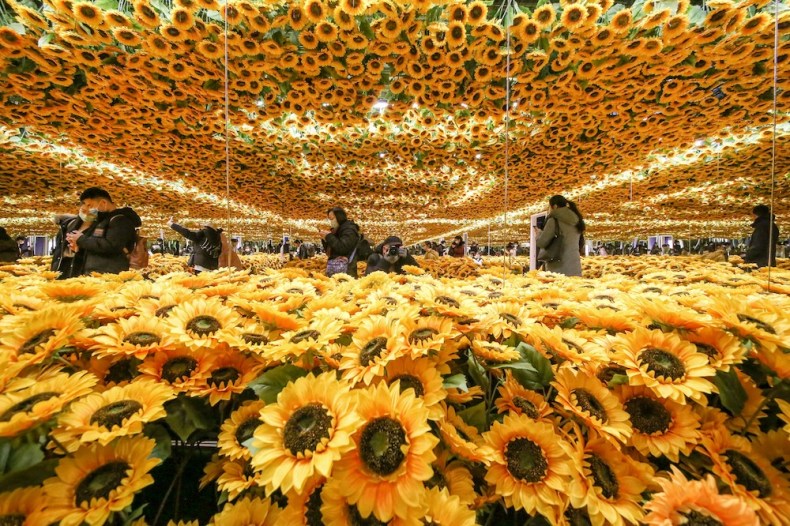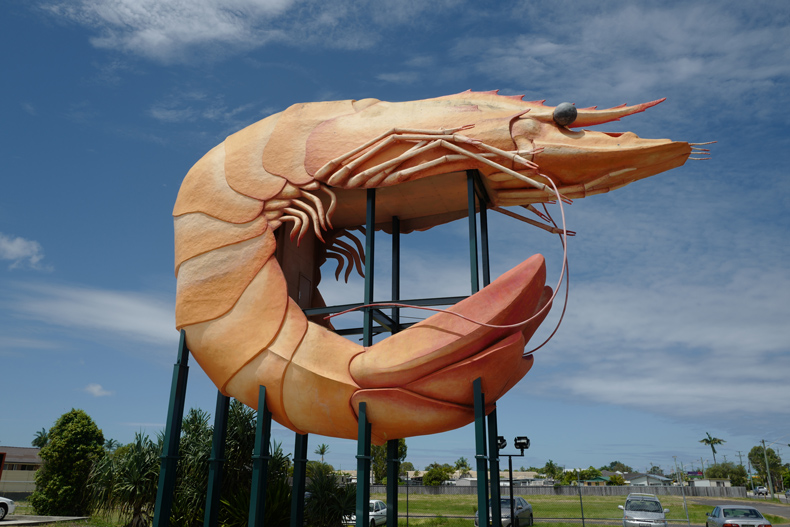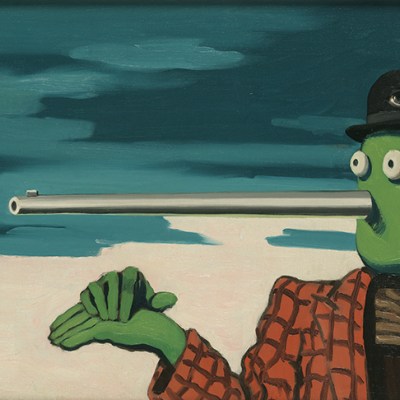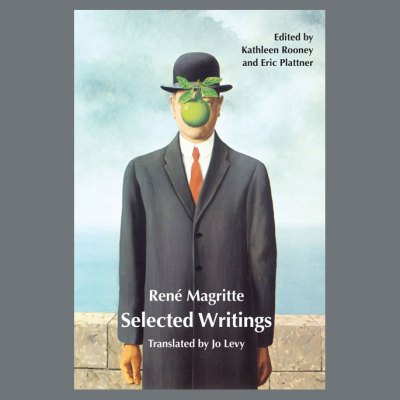In search of some much-needed Vitamin C on a gloomy December day, Rakewell was pleased to see that a giant green apple has reappeared on the roof of the Magritte Museum in Brussels. The installation made its debut in October 2023 to mark the museum’s reopening after a six-month closure, but the institution is not afraid of repeating itself – its full name, after all, is the Musée Magritte Museum.
The occasion this time is the centenary of Surrealism, a movement Magritte did much to embed in the popular imagination, not least through his depictions of apples in unusual settings. Institutions often talk about increasing their visibility, but it’s nice to see the Magritte Museum taking this literally – as part of its core strategy, you might say.
It prompted Rakewell to wonder which other artists ought to receive the super-size treatment. Might the Van Gogh Museum in Amsterdam increase its visitor numbers by having a skyscraping sunflower tower over its entrance – or would the top-heavy structure pose a health-and-safety risk? The Musée Marmottan Monet would surely attract more punters if it installed a Japanese footbridge between its roof and the Bois de Boulogne (or the Jardin de Ranelagh – the museum is spoiled for choice when it comes to adjacent parks).
Flowers with too much power? ‘Van Gogh Alive’ digital art experience at the Dewey Center in Beijing in 2022. Photo: Qiao Jian/VCG via Getty Images

Perhaps giant sculptures are back in: it was announced earlier this week that Louise Bourgeois’s ten-metre-high bronze, steel and marble spider Maman (1999) will be returning to the Turbine Hall at Tate Modern in the spring. If any other museums are wishing to play the monumental sculpture game, Rakewell is sure that Jeff Koons or Erwin Wurm could furnish them with expanded editions of fruits, flowers or other choice items.
Curators and museum directors who admire plus-size sculptures but are unable to afford the rates of Koons or Wurm can take heart: in some places, giant renderings of objects and creatures are not a mark of exclusivity but a fact of everyday life. Australia, for instance, boasts more than a thousand ‘big things’, larger-than-life sculptures akin to the ‘roadside giants’ of the United States. Among Rakewell’s favourites are the Big Prawn in New South Wales, 35 years old this year; the Big Powerful Owl in Canberra; and, bringing us back to Magritte, no fewer than three Big Apples – one of which is largely obscured by actual apple trees. Rakewell wonders if the Belgian would have approved of this irony, or whether he’d be relieved that the Big Apple is not obscured instead by the face of a man in a bowler hat. It suggests we’re still living in a Surrealist world after all.
The nine-metre-high, 35-tonne ‘Big Prawn’, one of Australia’s ‘big things’, in Ballina, New South Wales. Photo: James D. Morgan





